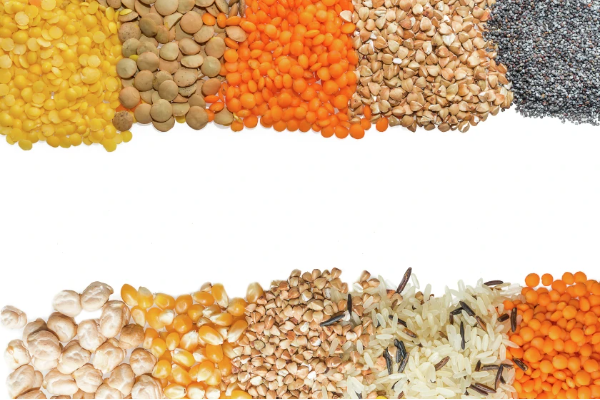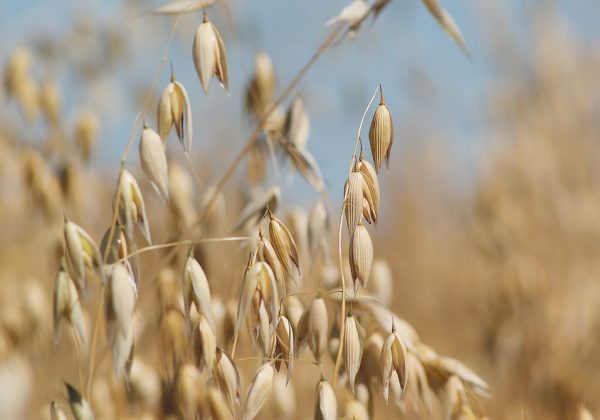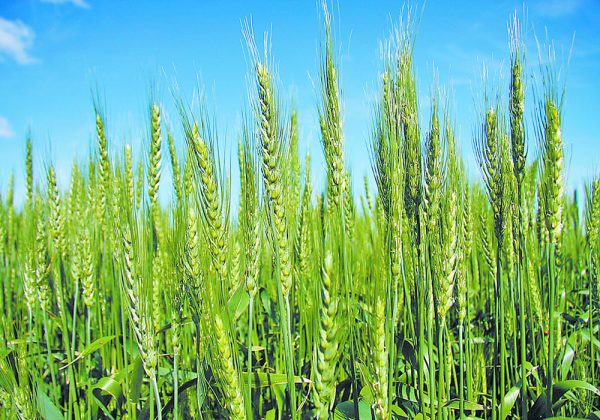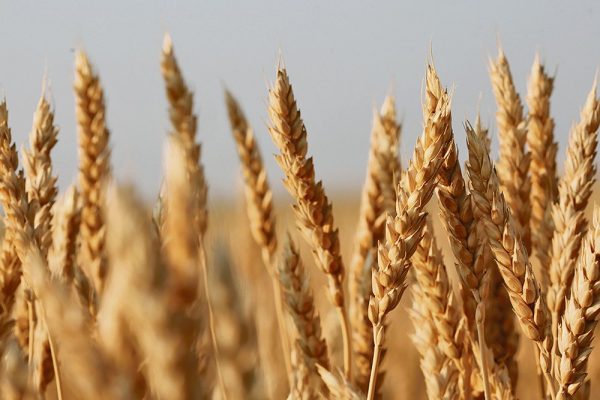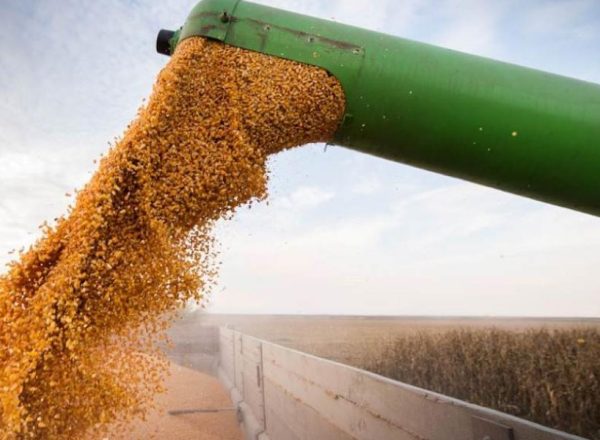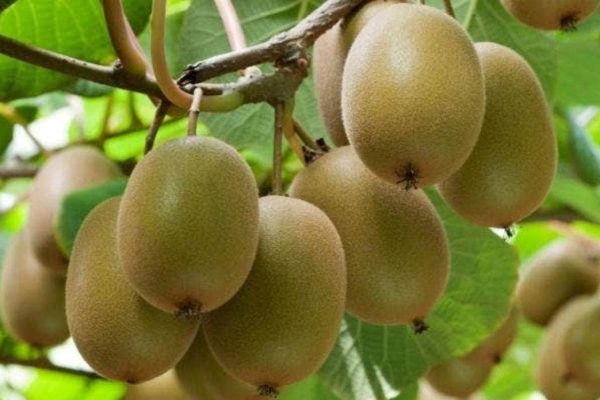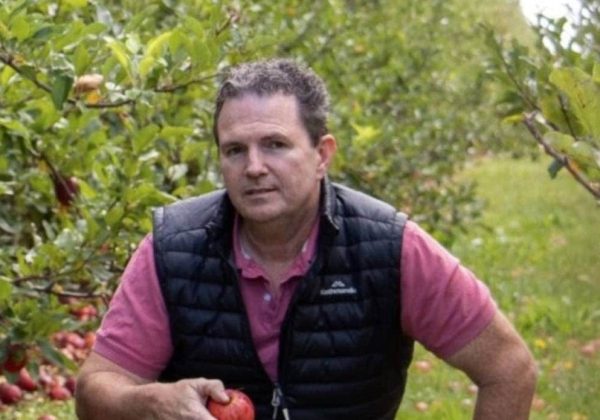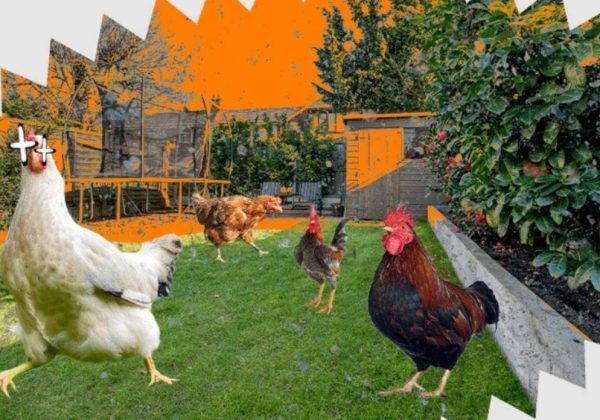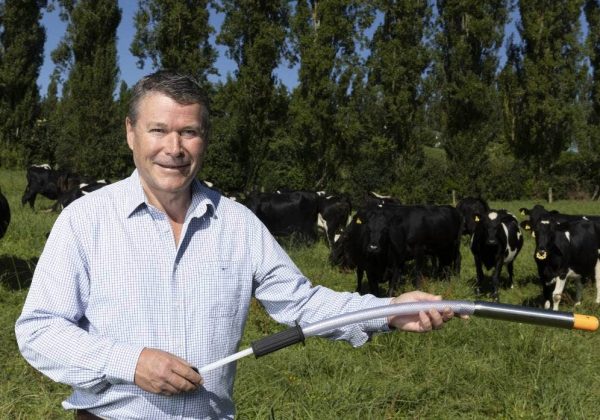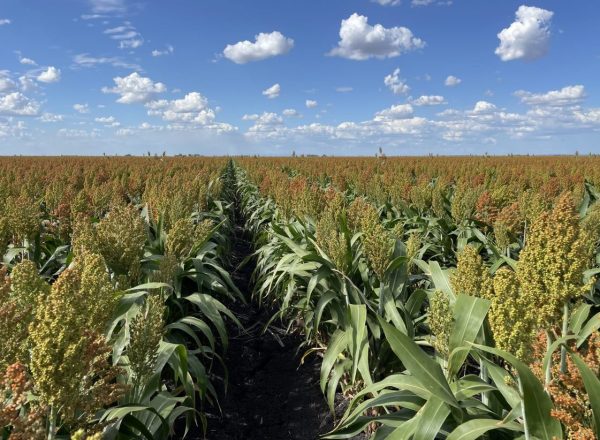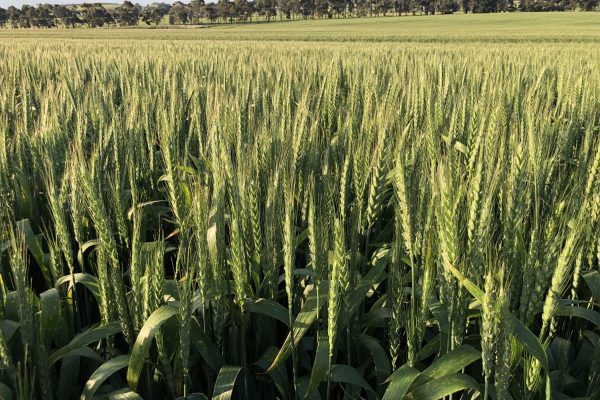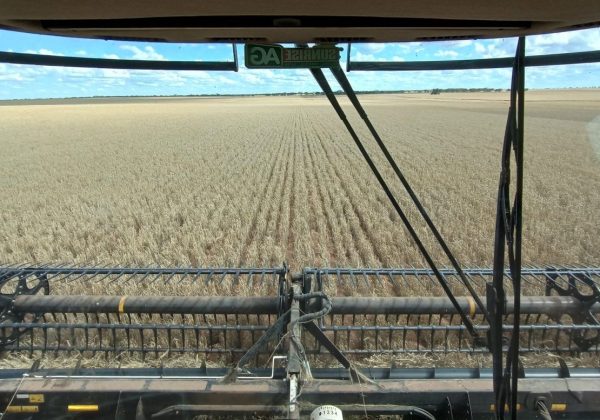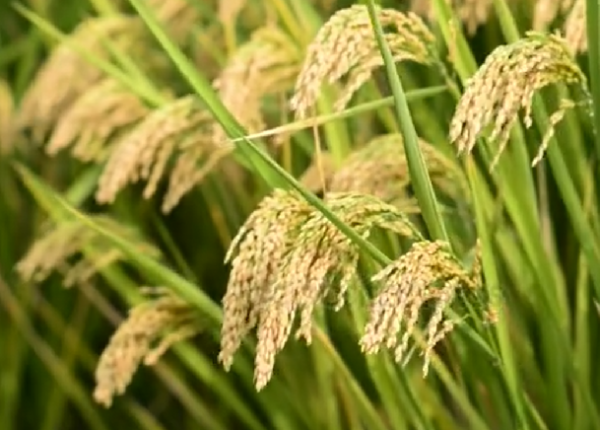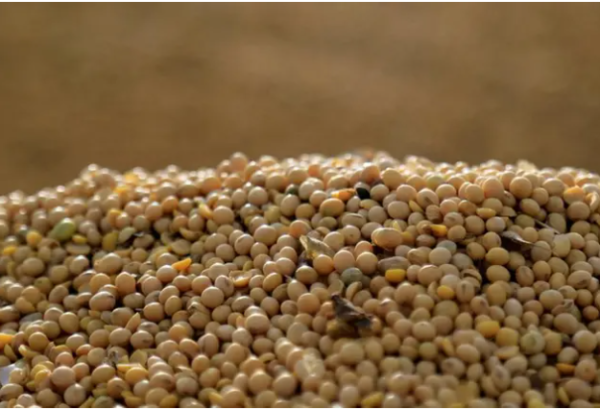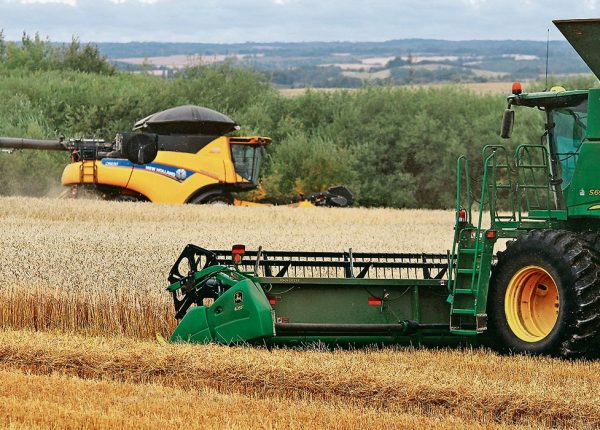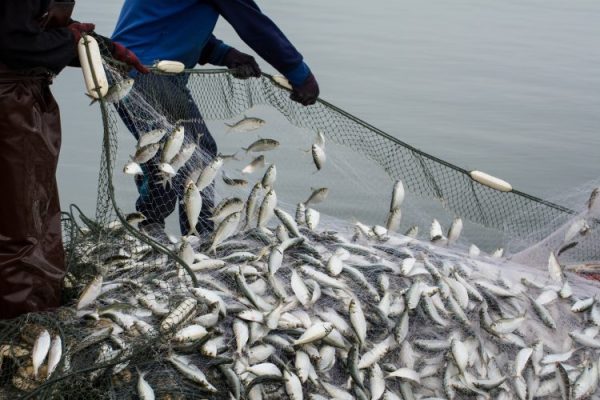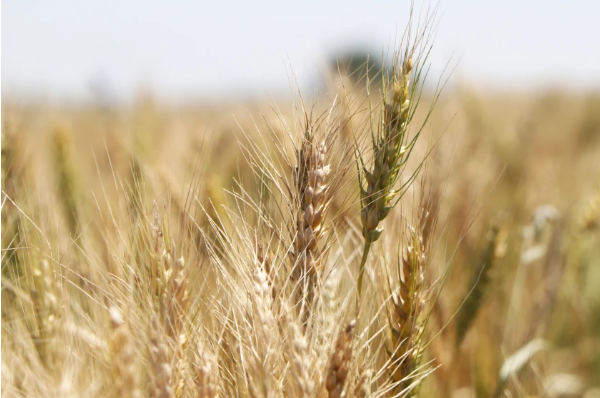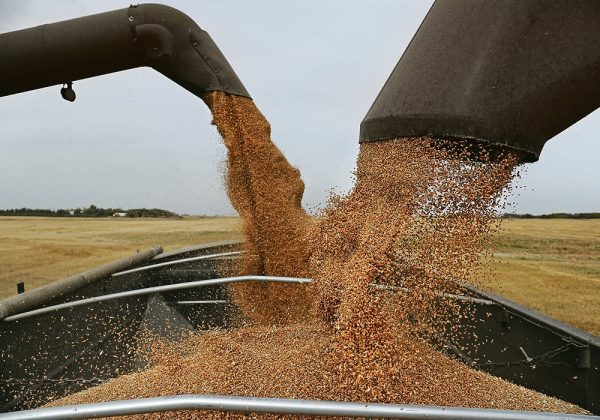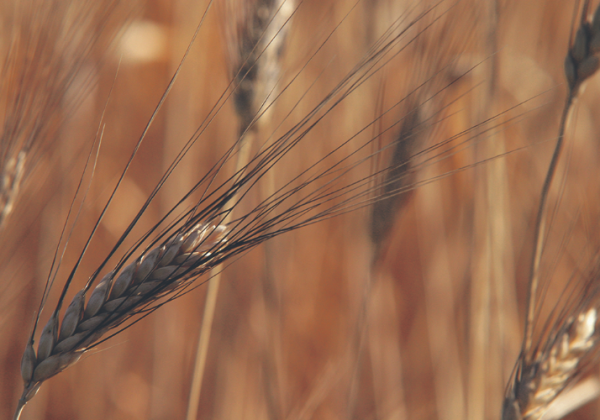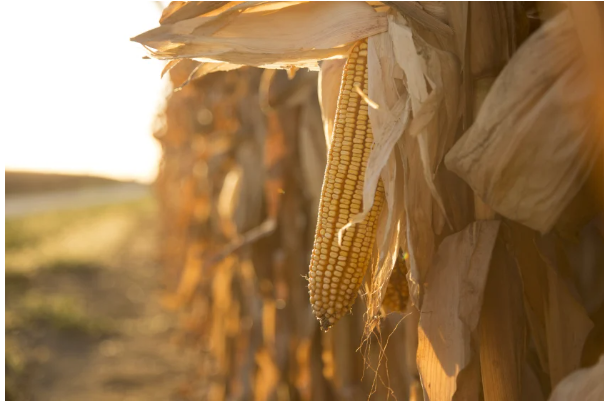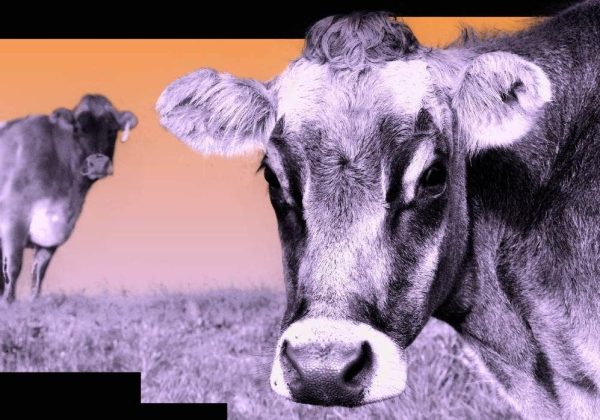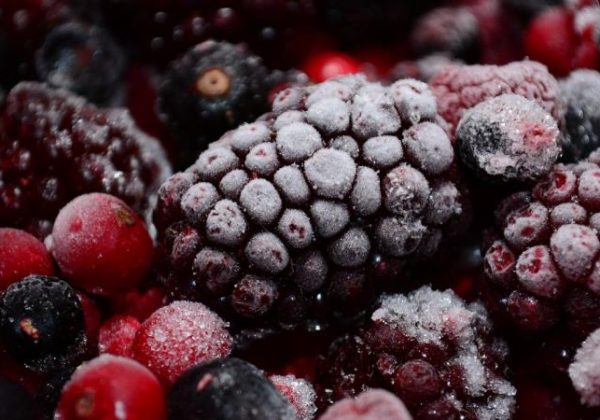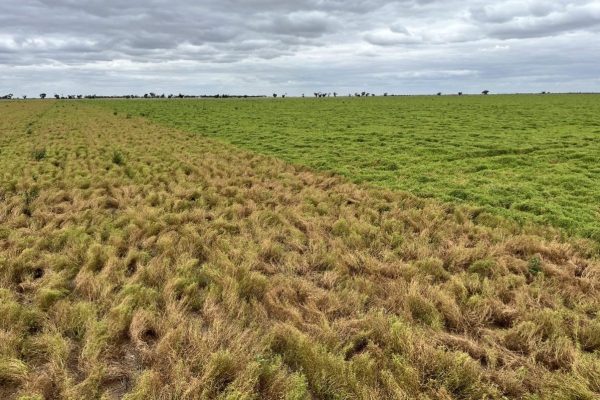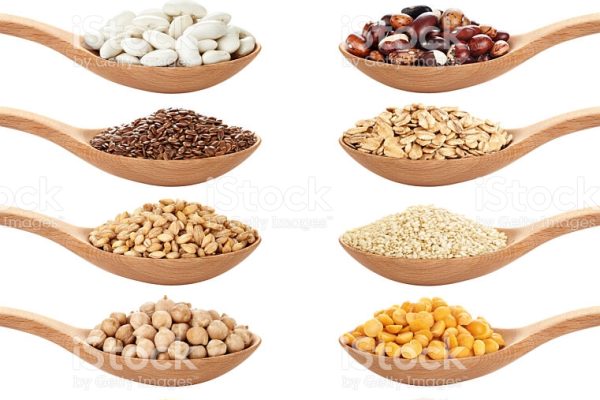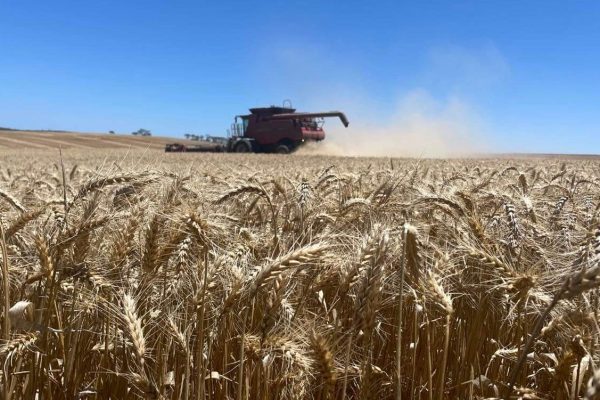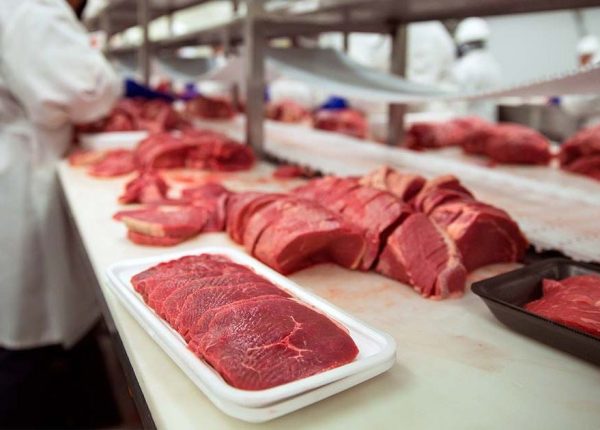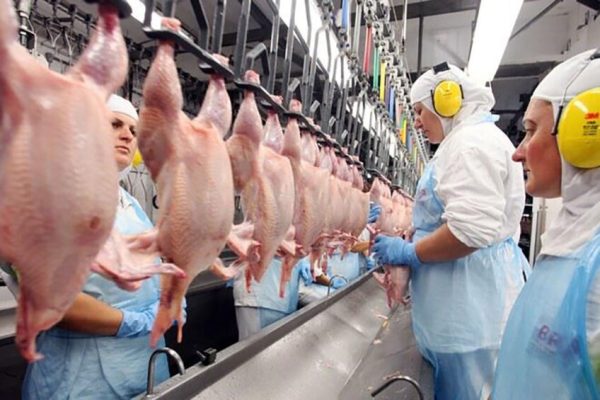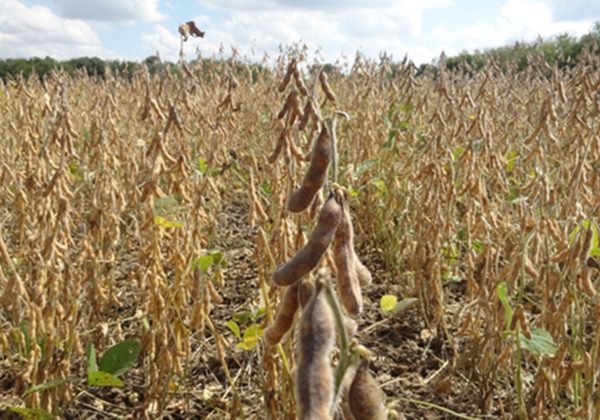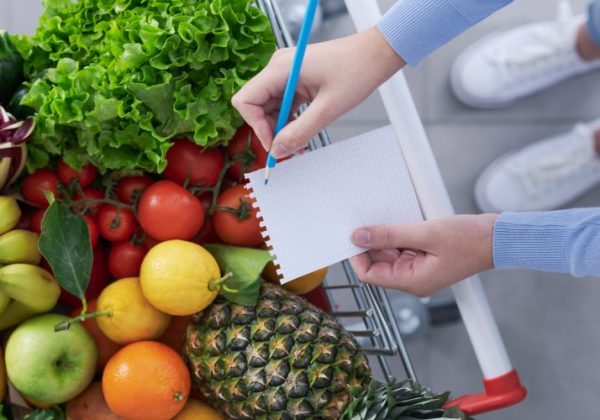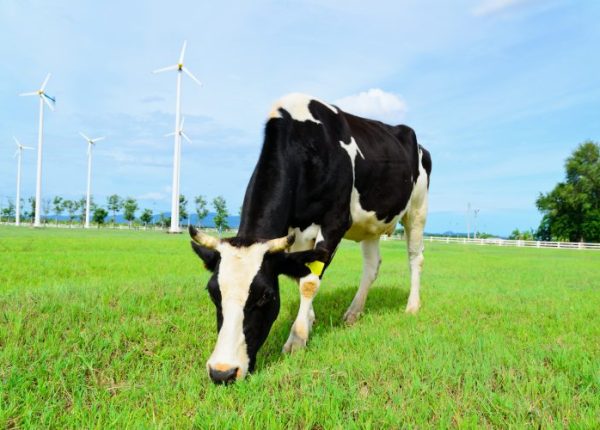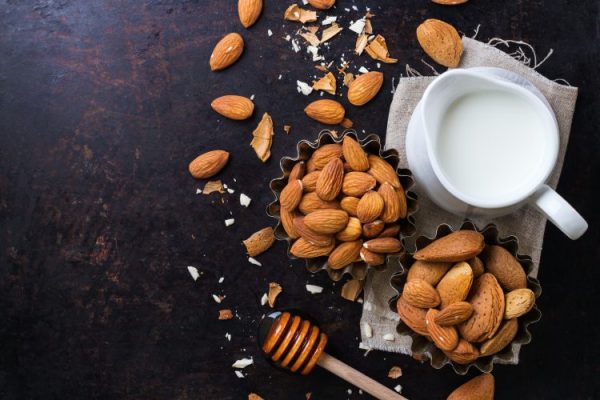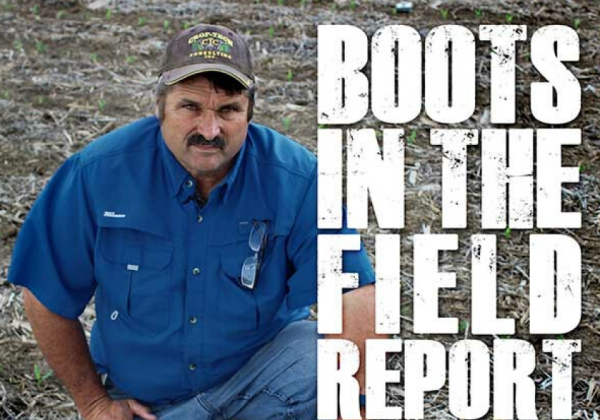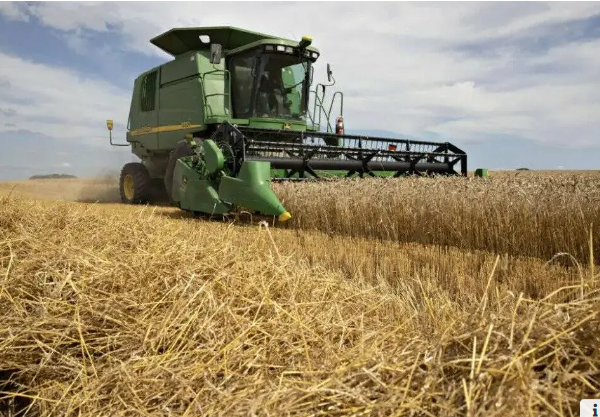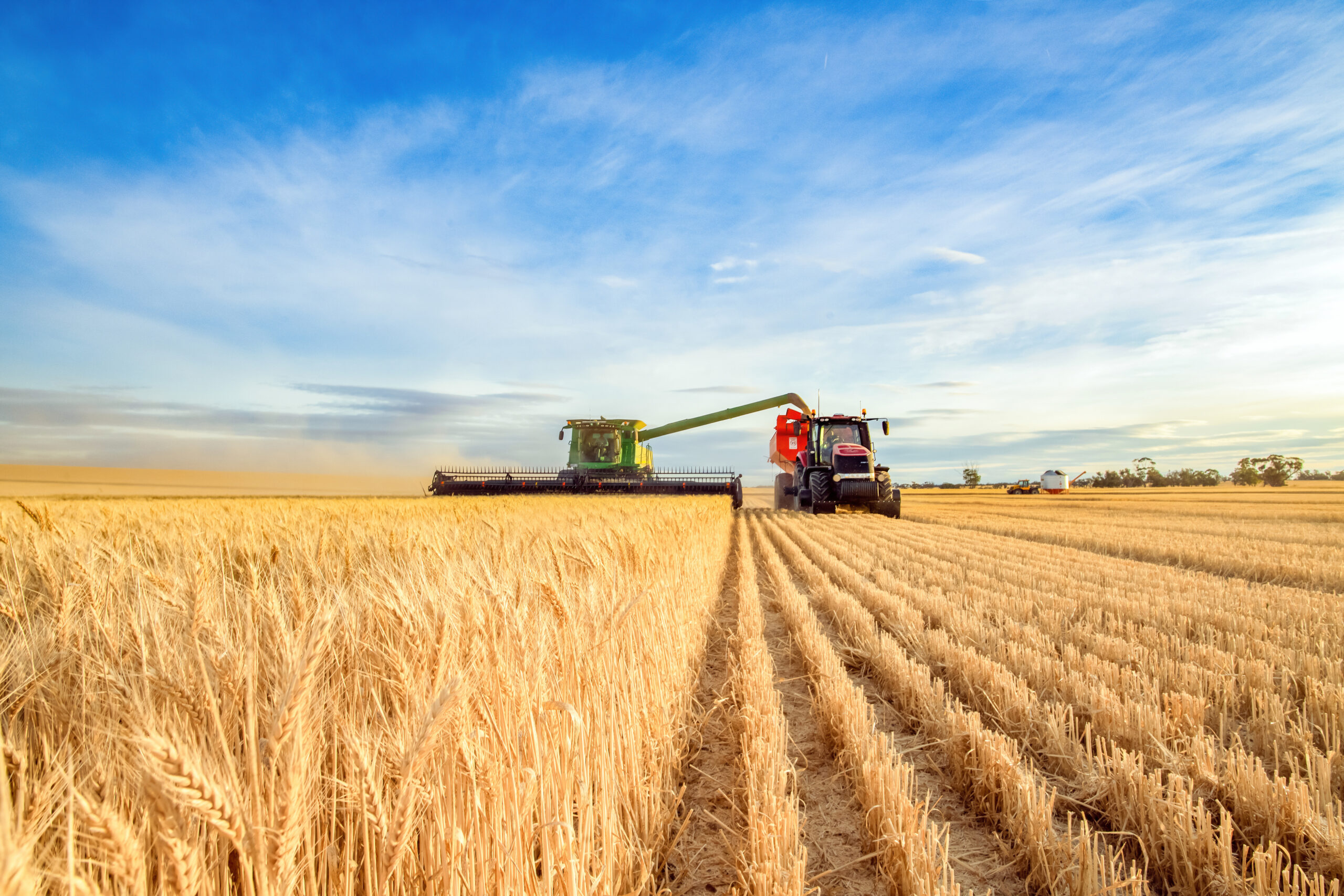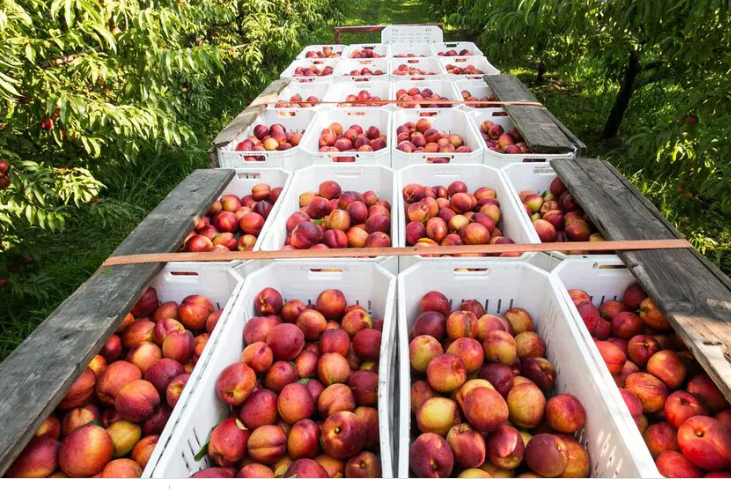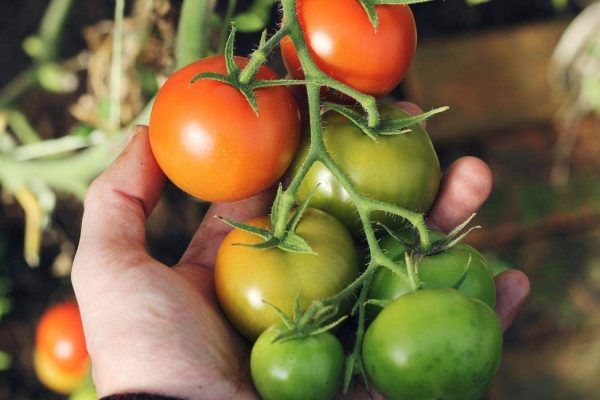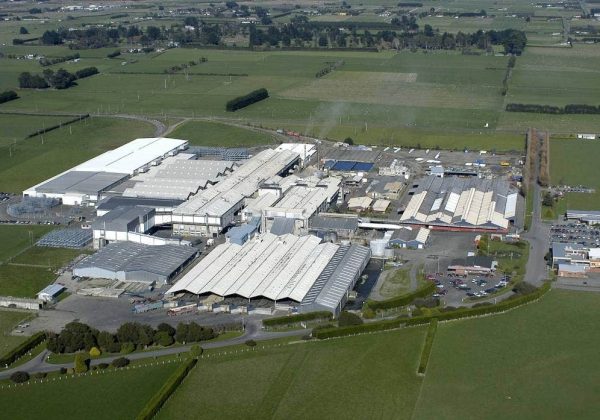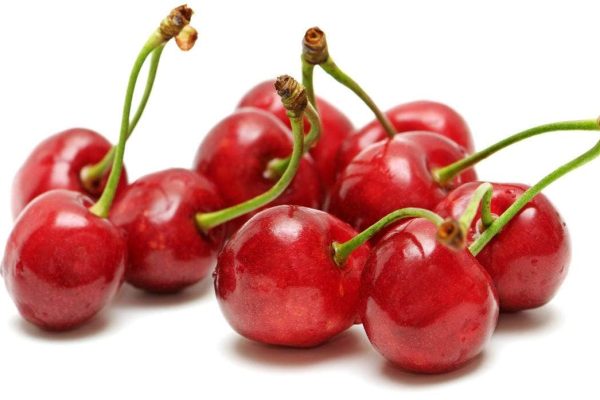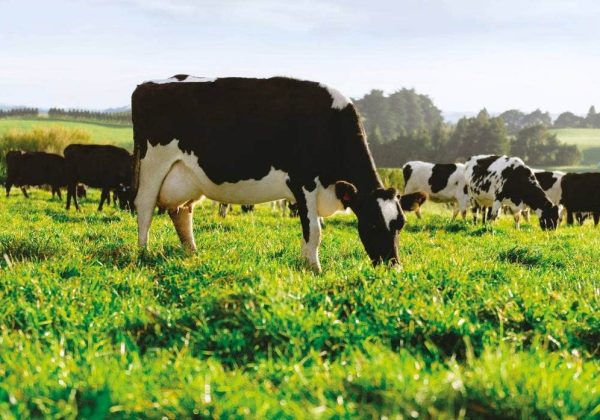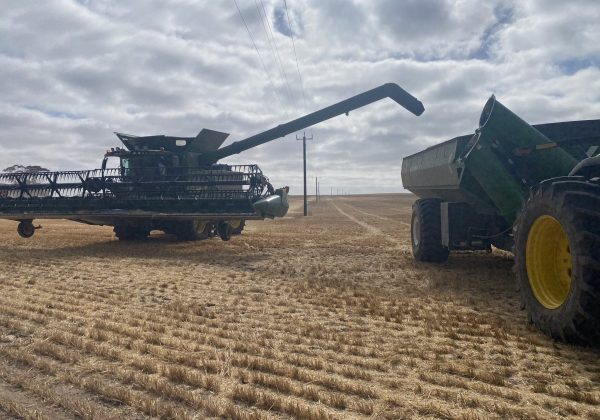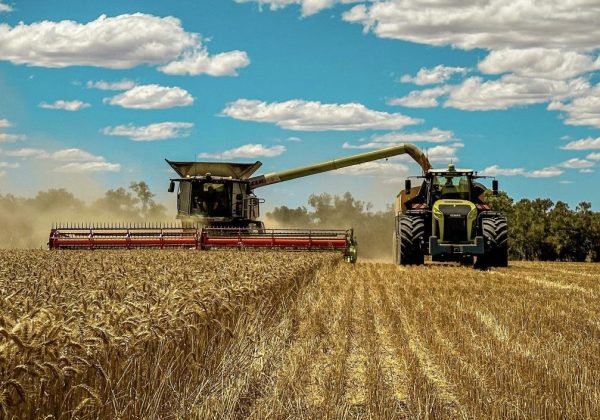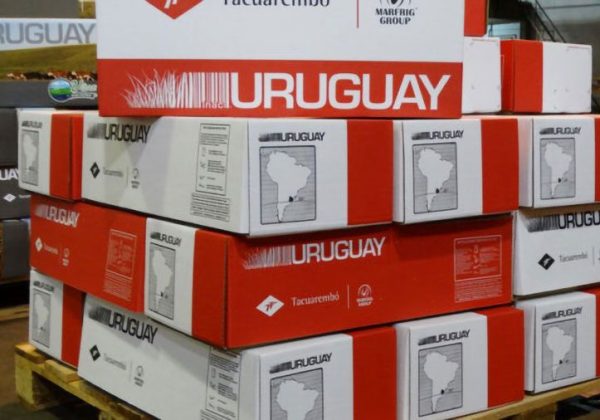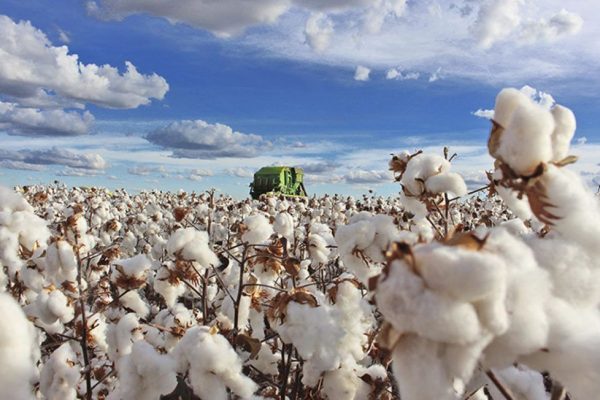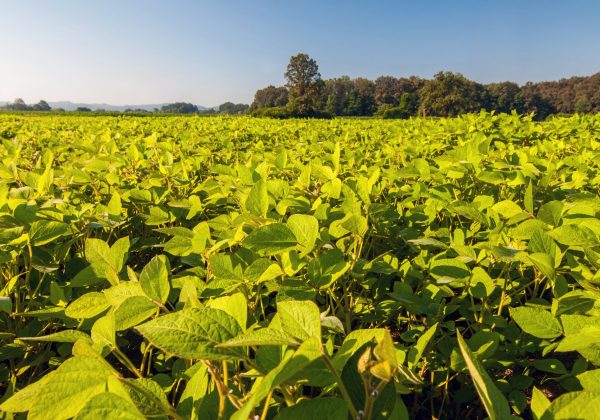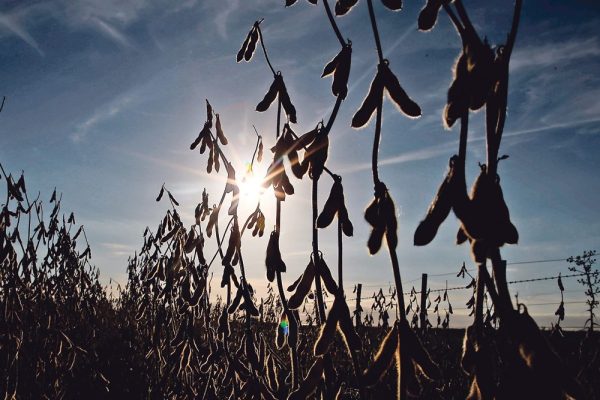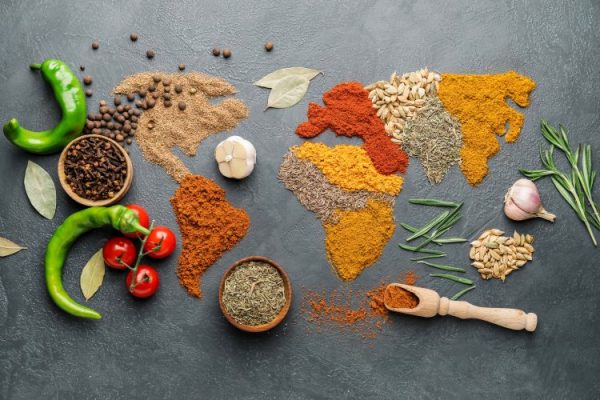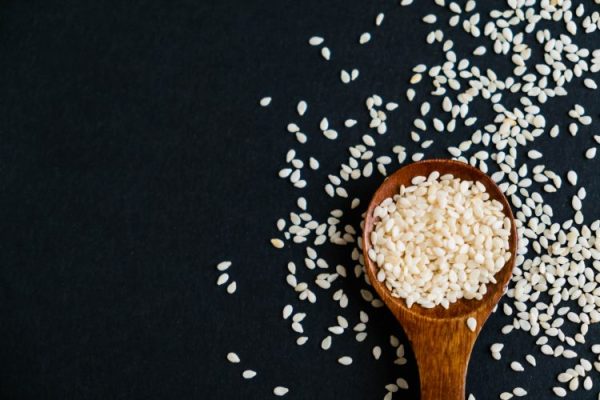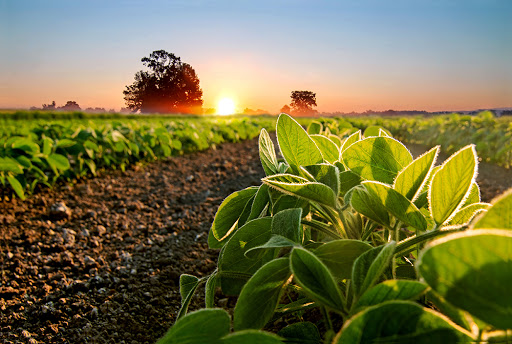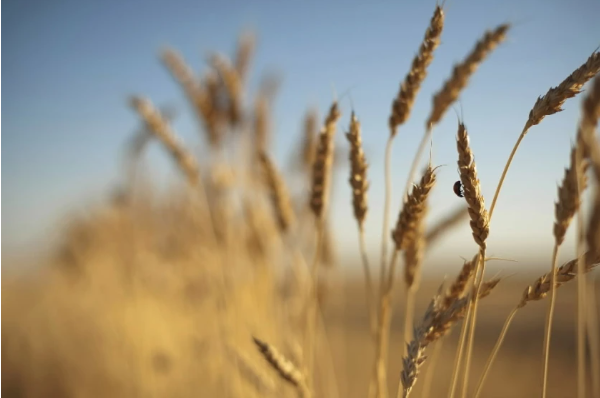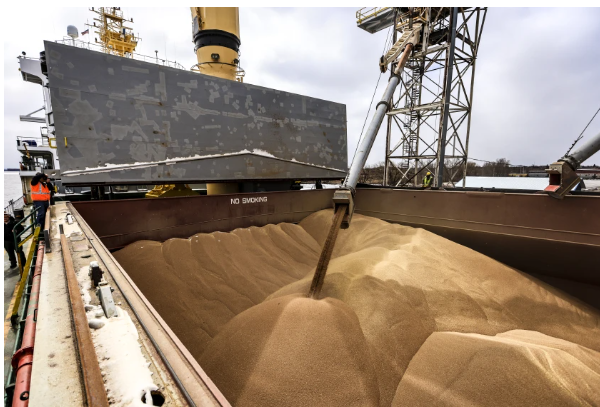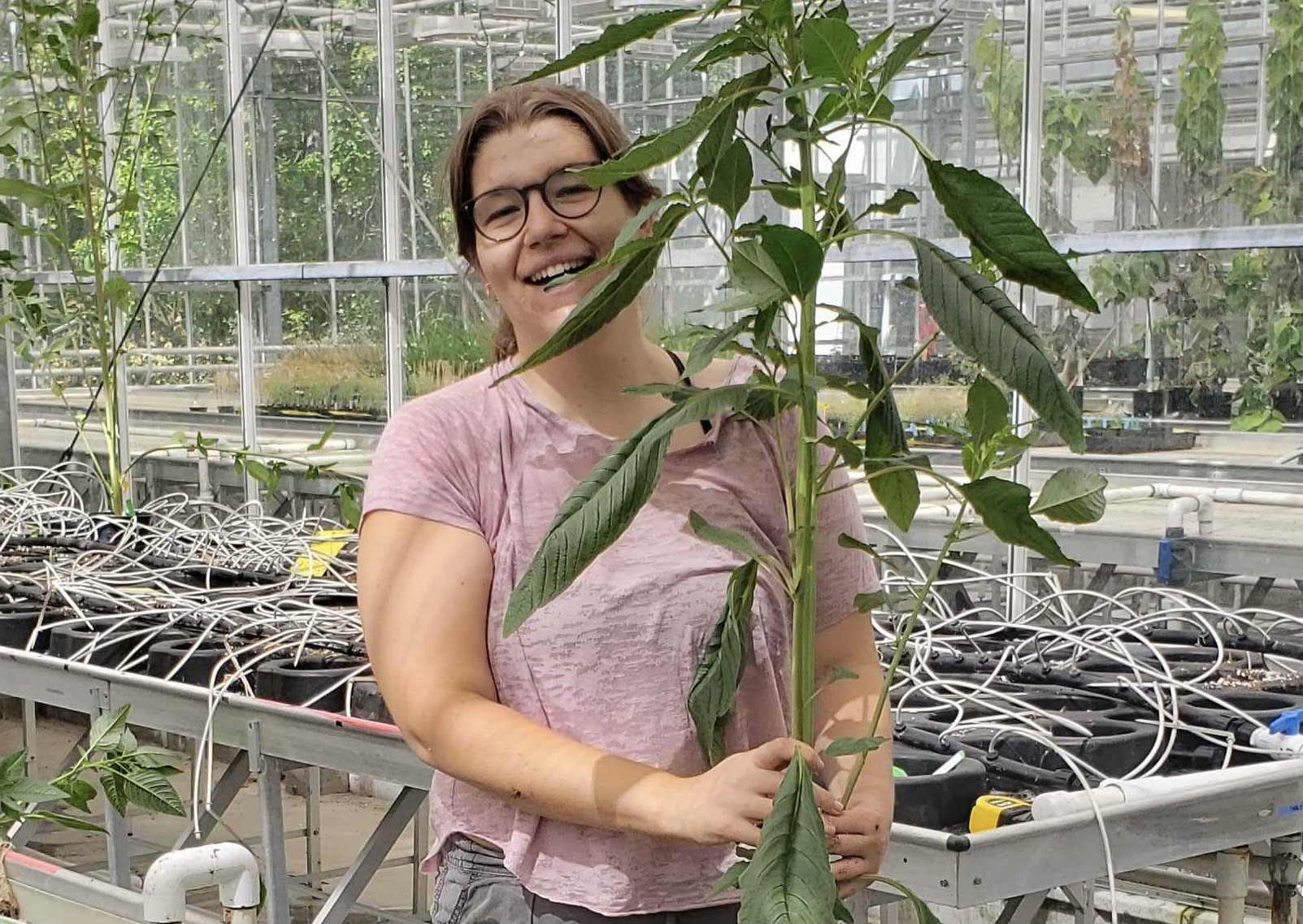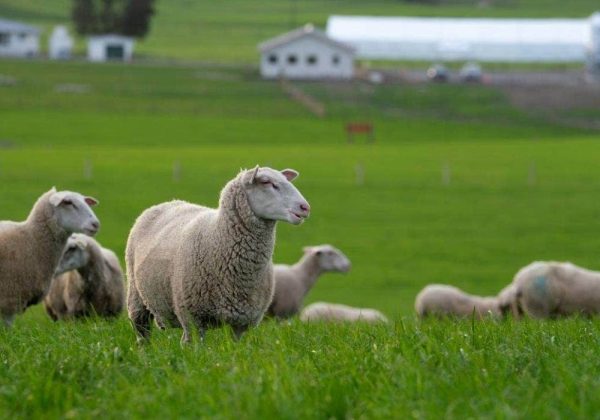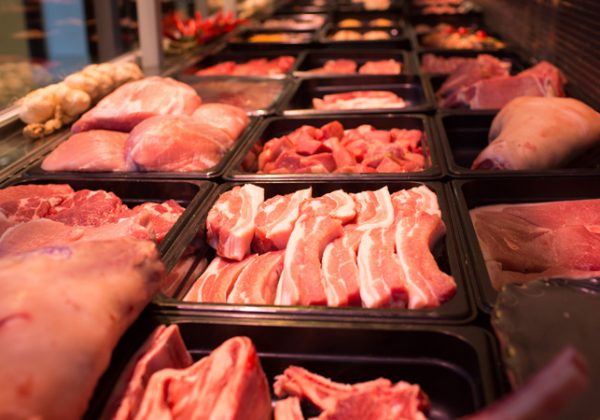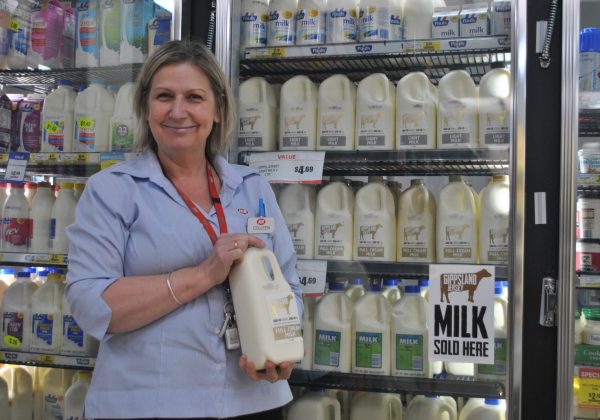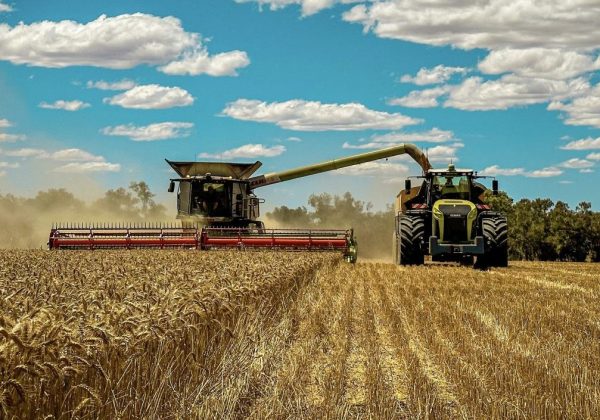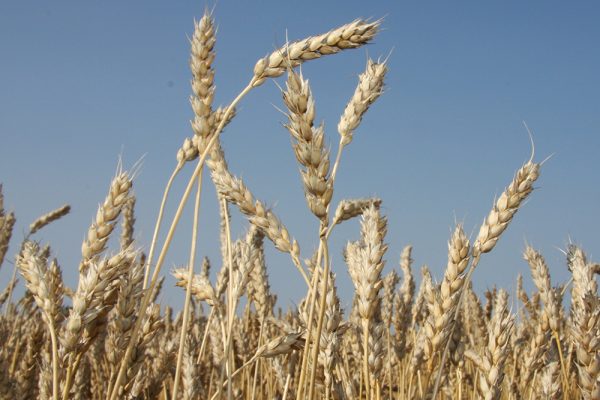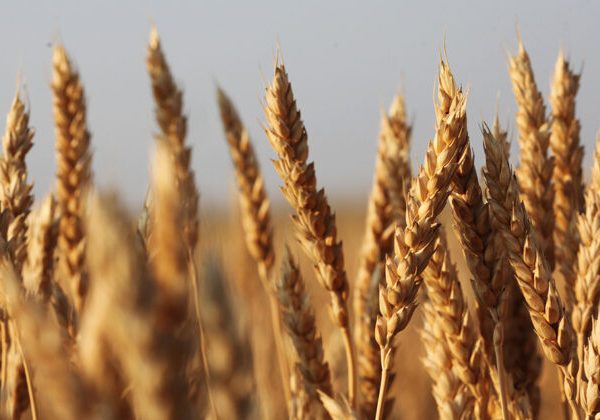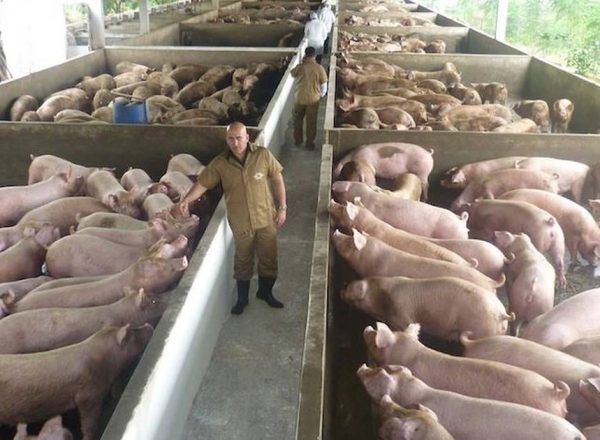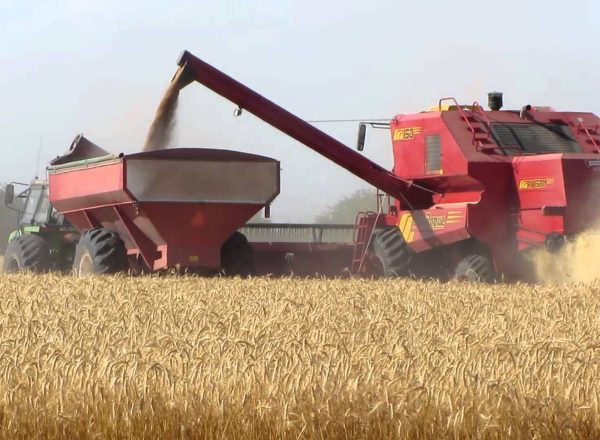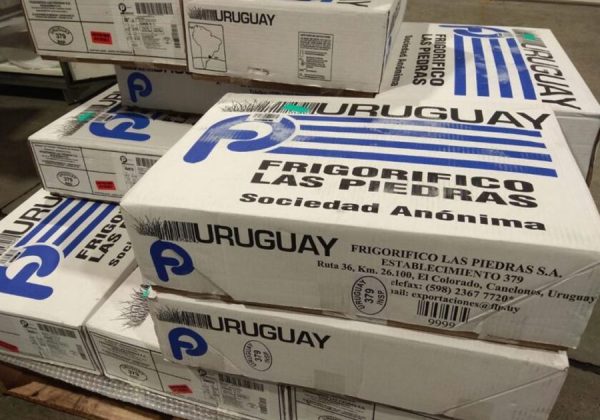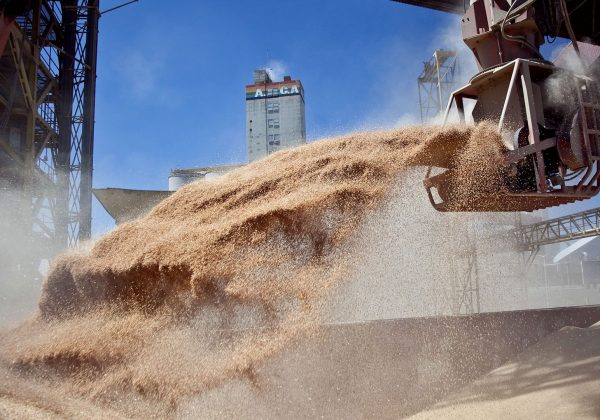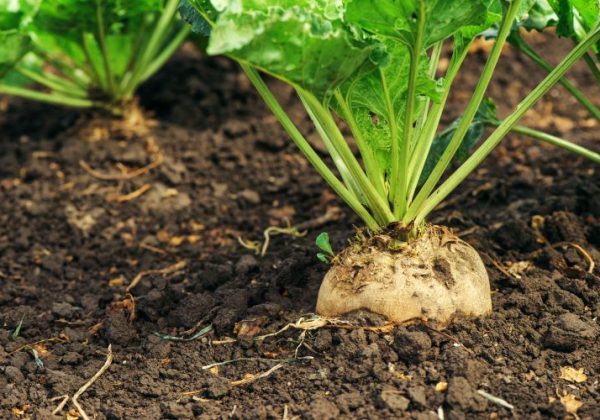USA and Canada
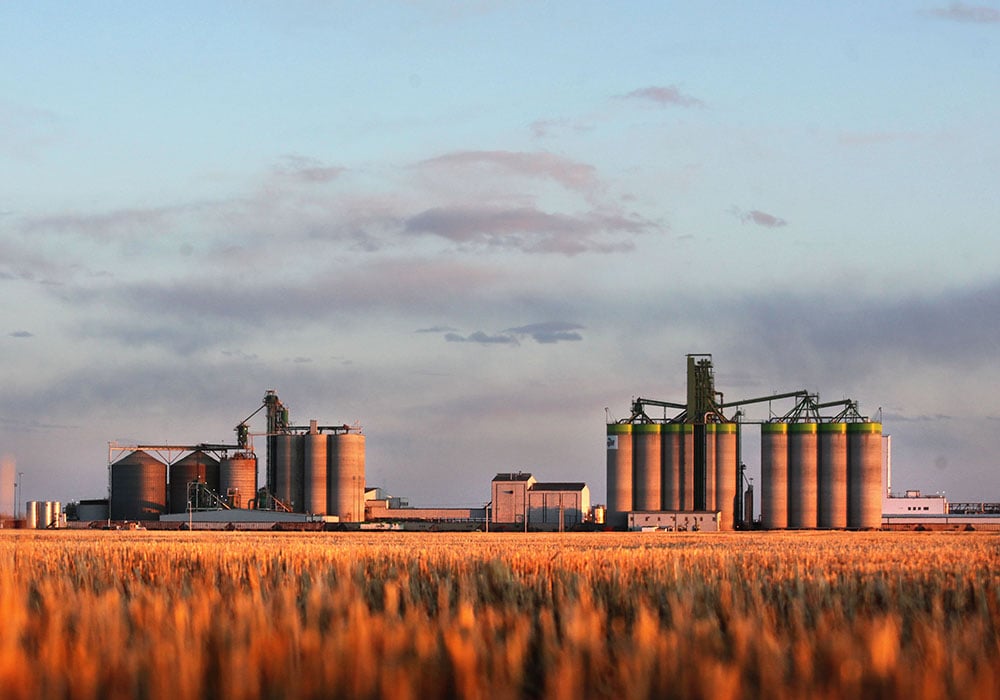
Ag lender predicts profitable crop year
Canada’s leading farm lender is forecasting another good year for farmers in 2023.
Farm cash receipts are expected to increase by 4.6 percent to $98.8 billion, according to Farm Credit Canada. The rate of growth will be down from last year’s 14.1 percent, but is still a healthy increase.
Saskatchewan will lead the way with a 7.6 percent hike, followed by British Columbia at 5.9 per cent and Manitoba at 4.9 percent.
Receipts for grains, oilseeds and pulses are expected to grow by 9.4 percent in 2023, compared to 18.3 percent last year.
That is because part of the rebound in production in 2022 will be marketed in 2023 and crop prices remain above the five-year average due to tight global supplies of many crops.
FCC predicts canola revenues will set the pace, growing by 14.2 percent, followed by peas at 12.7 percent and lentils at 10.8 percent.
Read More…

New seeding systems introduced to Canada
Equalizer is a South African company specializing in no-till seeding technology. The company’s wide range of planters, seeders and drills are sold mainly to Australia.
But that’s about to change.
Lemken wanted to expand its seeding technology product line, with a focus on minimal ground disturbance and no-till farming. Rather than invent a new wheel, Lemken bought Equalizer, which has a focus on large, broad-acre equipment.
According to Mathieu Vallières, managing director for Lemken in Canada, the full line of seeding equipment will give Canadian farmers new options.
Vallieres says, “at this point, the first production units are scheduled to be available for the 2024 spring season. Equalizer products will undoubtedly be offered across the Prairies once available.”
Read More…
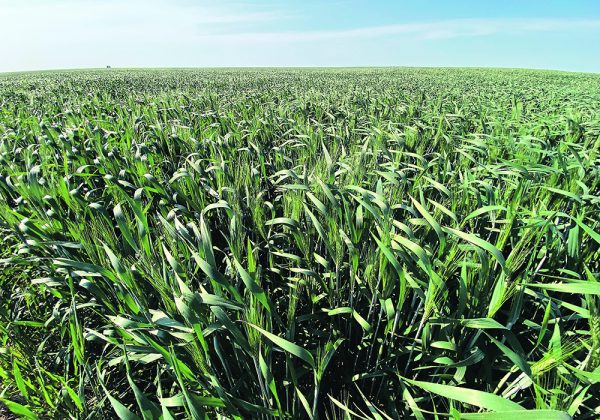
Tight supplies support durum
Durum growers in Saskatchewan and Alberta will probably benefit from relatively strong market conditions in the months ahead, says a market analyst.
On-farm inventories across the West are still relatively tight and producers in other major durum-producing countries such as the United States and Morocco are also facing drought-related production challenges, said Chuck Penner, market analyst with LeftField Commodity Research.
However, the severe supply shortages that fuelled record durum values last year likely won’t be repeated in 2023.
“We’re not in a 2021-22 situation anymore,” said Penner, who spoke to farmers at CropWeek in Saskatoon earlier this month.
“Do I think there’s room for upside in durum prices? Yes. Do I think they’ll scream higher? No.”
Penner offered a generally favourable market prognosis for western Canadian durum producers.
Read More …

Speculators distort wheat markets, suppressing prices
The stubbornly bearish wheat market is overdue for a correction, says an analyst.
Speculators are keeping prices depressed with their short positions, but they should pay attention to what the commercials are doing, which is going long, says DTN lead analyst Todd Hultman.
The United States Department of Agriculture reported 1.28 billion bushels of U.S. wheat on hand as of Dec. 1, which is the lowest total in 15 years.
Yet cash wheat prices for soft red wheat and hard red wheat are well below the USDA’s estimated cost of production of $9.03 per bu.
The reason markets are out-of-whack with the fundamentals is that speculators were net short 12,155 contracts of Kansas City wheat and 39,716 contracts of Chicago wheat as of Jan. 12.
Those two commitments in theory obligate speculators to provide the market with 259 million bu. of wheat, which of course is not practical.
Read more…
New Zealand
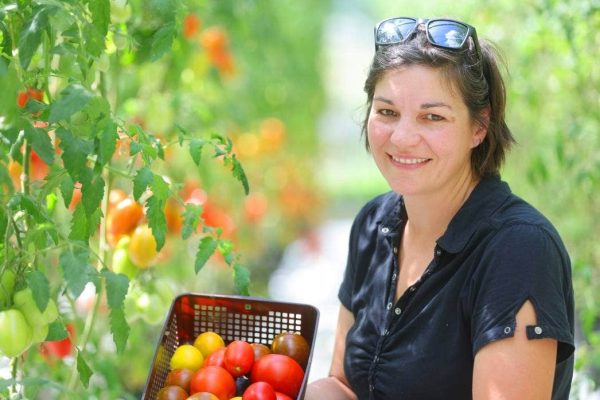
Tomato growers not getting rich from price increase – industry leader
Marlies Clemens keeps her tomatoes at the same price all year, but she had to up it in 2022.
Tomato prices have shot up 136.9% in three years, according to Stats NZ, with labour shortages, Covid challenges and higher costs for farmers among the reasons.
But growers aren’t getting rich out of it, Tomatoes NZ says, and some are giving it up or switching crops.
Cambridge grower Clemens runs a family-owned 1000sqm tomato glasshouse Rivendell Gardens and sells direct to consumers. The family also grows chilli peppers, cucumbers, courgettes and beans.
She’s noticed unusually high supermarket prices for tomatoes this season.
Her fixed price was $10 per kilo for years before increasing it to $12 last year, due to significant cost increases.
Read More here...

Kiwifruit payment cut ‘a shock’ for growers as fruit quality issues bite
Kiwifruit growers are missing out on expected cash after a shock announcement from Zespri.
Growers of green and green organic kiwifruit won’t be getting February progress payments from Zespri because fruit quality issues created extra costs in the 2022 season, an industry update on Friday said.
Fruit loss was estimated at almost 20% for the last quarter of the year, compared to an earlier 7% forecast, the Whakatāne Beacon reported.
And there are questions around grower payments in future months, with Zespri chief executive Dan Mathieson saying the impact will be assessed “once we have completed the February forecast”.
The news was a shock for Seeka chief executive Michael Franks, who told the Whakatāne Beacon Zespri’s December update had looked good and this was a huge blow.
Read More here…
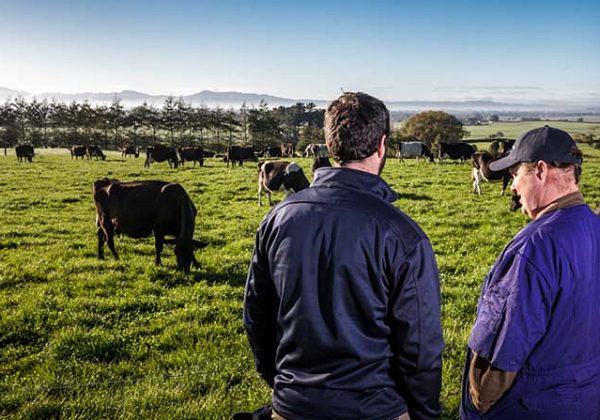
Guy Trafford laments the lack of pathways for young aspiring farmers to acquire a place of their own, a problem that seems to have fallen off the radar. Societal ambivalence to food production isn’t helping either
I was fortunate enough to be around when the then Government had a focus on getting young people into farming.
This was driven by the broad understanding by both Government and the wider community that farming was underpinning the economy. Hence the use of subsidies and other incentives to try and ‘crank-up’ the agricultural sector to bail out the economy.
Hindsight has shown us that many of these steps had unintended consequences which did all sorts of harm to both the farming sector and the economy.
Anyway among the programs were schemes designed to help new farmers onto the land. Finance was provided by the government-owned Rural Bank which lent monies at a subsidised 7.5% rate, and we also had the Department of Lands and Survey which developed farm land from Crown owned land and other abandoned farms etc.
Read More here…

Two major bank economists have lowered their milk price forecasts as dairy prices hover near two-year lows
Fonterra may soon be forced to revise down again its forecast milk price for the current season if dairy prices don’t start to revive.
Prices again dipped slightly in the most recent GlobalDairyTrade auction and are now sitting at around two year-lows in US dollar prices.
Fonterra last updated its forecast price for the 2022-23 season in early December and currently has a (wide) range of $8.50-$9.50, giving and ‘implied’, mid-point, price of $9 per kilogram of milk solids.
But major bank economists are now seeing downside in the face of continued declines in global prices. It’s all a far cry from not so long ago when there were thoughts entertained of a bonanza $10 milk price – which would have been another record, beating the record of $9.30 in the 2021-22 season.
ASB economist Nat Keall said he had revised his Fonterra farmgate milk price for this season “to a still-strong $8.65 per kgMS”.
Read More here…
Australia
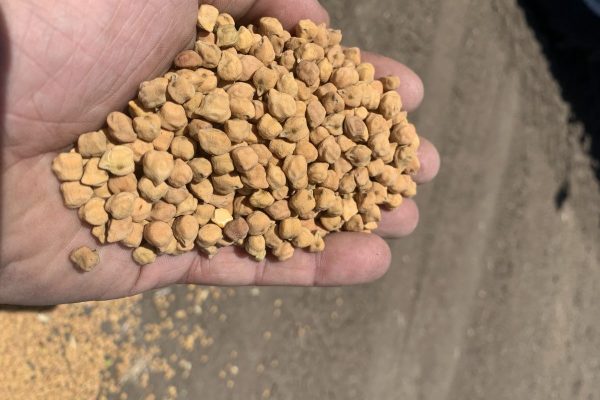
Gloomy chickpea market prompts rotation rethink
CHICKPEA area in northern New South Wales and southern Queensland could fall even further this year as lacklustre export prices deter growers from the pulse, which in the past decade has become the preferred crop to grow in rotation with wheat.
At roughly $500 per tonne delivered packer, and lower because of rain-related downgrading in the past two harvests, chickpea prices are down from $900/t and more in 2016-17, prior to India’s imposition of a tariff.
ABARES data indicate Queensland’s chickpea crop fell from a record 1.15 million tonnes (Mt) from 550,000ha in 2016-17 to 350,000t from 205,000ha in the 2022-23 harvest.
NSW harvested 192,000t from 160,000ha in 2022-23, down from the record 792,000t from 480,000t in 2016-17.
Read more here
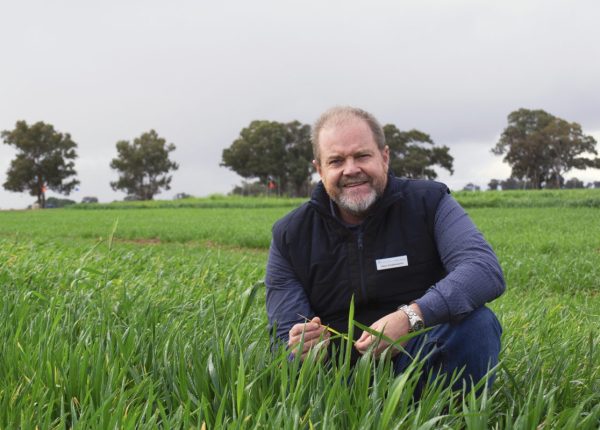
GRDC Updates present strategies to manage disease pressure
MANAGING inevitably high disease pressure will be all about controlling the controllable, says and NSW Department of Primary Industries senior plant pathologist and disease export Dr Steven Simpfendorfer.
He will be presenting on cereal disease risk and management at this year’s Northern Update Series running from February 14 to March 2 and hosted by the Grains Research and Development Corporation.
Dr Simpfendorfer said disease has been a major concern for growers coming out of last year’s extremely conducive conditions, which saw high levels of stripe rust pressure in wheat crops and the widespread occurrence of white grain disorder or Fusarium Head Blight infection
“We’re going into the season this year with a high potential for carryover of cereal pathogens,” Dr Simpfendorfer said.
“There’s a lot of grain on the ground, which unless it dries up dramatically, will support a significant green bridge for early stripe rust infections in 2023 wheat crops.
Read more here …

GrainCorp harvest intake taps out 10.98Mt
EASTERN Australian bulk handler GrainCorp has received 10.98 million tonnes (Mt) of grain in the 2022-23, it said in its final Harvest Update for the season released today.
“The New South Wales harvest is mostly complete, with some southern growers still delivering across the Wyalong, Temora and Cunningar regions,” GrainCorp said in the update.
“Victorian growers are still delivering grain into sites across the Wimmera, Geelong and Western District regions of the state, which are expected to remain active into February.”
The large outload program continues across the GrainCorp network with 280,000t of grain outloaded over the past week.
“With harvest complete in Queensland, growers are looking ahead to summer-cropping opportunities.
Read more here…
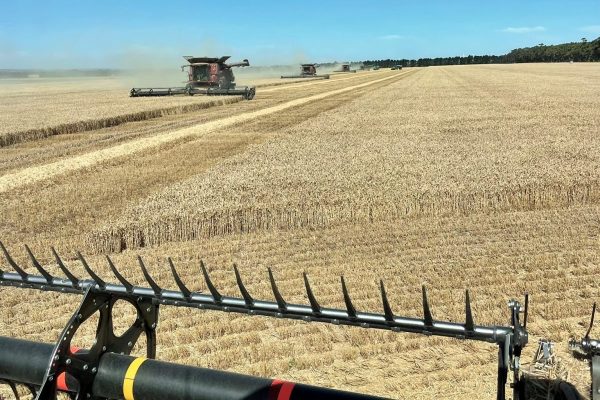
Feedgrain Focus: South softens, northern barley firms
WHEAT and barley prices have softened in the southern market this week, while barley rates in the north have firmed to reflect limited supply.
Some sell-side pressure on wheat is being seen in the northern market as growers make room for corn and sorghum soon to be harvested, and supply-side pressure in the south appears to be coming from the trade and not the grower.
Harvest is fast coming to a close in all states bar Tasmania, where the headers have gotten going in the past week or two.
Northern wheat sags
Patchy rain has boosted yield prospects for sorghum and corn crops in parts of northern New South Wales and southern Queensland in the past week.
Read more here…

USDA ATTACHE SEES AUSTRALIA 2022/23 WHEAT CROP AT 37 MILLION T
Jan 26 (Reuters) – Following are selected highlights from a report issued by the U.S. Department of Agriculture’s (USDA) Foreign Agricultural Service (FAS) post in Canberra:
“Australia is set for a third consecutive record grain crop, and strong exports. Wheat production is estimated to have reached a record 37 million metric tons (MMT) in marketing year (MY) 2022/23, while barley is estimated to achieve 13.5 MMT of production, the fourth largest on record. The wheat and barley results were strongly supported by near ideal conditions in Western Australia and South Australia, but this was partially offset by excessive rains in much of the grain-growing regions of New South Wales and Victoria in September and October 2022.
Wheat exports in MY 2022/23 are forecast to reach a record 28 MMT. For the summer crops, sorghum production in MY 2022/23 is estimated to achieve 2.9 MMT and, if realized, would be the third largest on record.
The rice production forecast has been severely impacted by excessive rains in the lead up to planting, resulting in only around half of the area planted from what was previously expected.”
Read more here…
South America
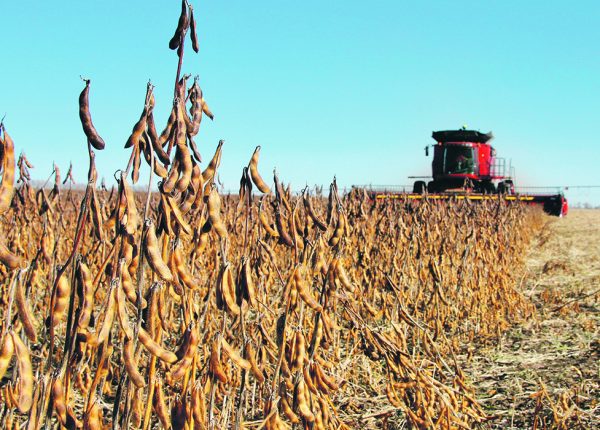
Soybeans face pressure on Argentine rains, wheat falls after rally
SINGAPORE — Chicago soybean futures declined on Thursday, as rains across Argentina’s farm belt boosted crop prospects, easing concerns about supply disruptions resulting from a severe drought.
Wheat lost ground after two days of gains, as snowfall in U.S. Plains improved prospects for the winter crop.
“Most of Argentina will get rain at one time or another in the next 10 days, though the precipitation will be most frequent and significant in west-central and northwestern crop areas,” said Terry Reilly, a senior analyst at Futures International.
The most-active soybean contract on the Chicago Board of Trade (CBOT) slid 0.1% to $15.01-3/4 a bushel, as of 0325 GMT. Wheat gave up 0.3% to $7.39 a bushel and corn lost 0.1% to $6.73-3/4 a bushel.
Rains across Argentina’s drought-hit soybean-growing areas in recent days have eased fears of crop losses.
Read more here…
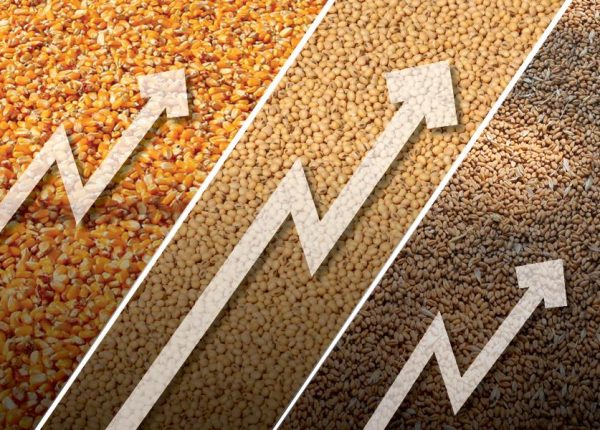
Could Brazil surpass U.S. as world’s top corn exporter?
Competition in world markets is expected to intensify as Brazil is projected to produce record corn and soybean crops for 2022-23.
Joana Colussi, postdoctoral research associate at the University of Illinois who serves on the farmdoc team there, reported crop production in her home country of Brazil could increase to record levels of 5.6 billion bushels of beans and 4.9 billion bushels of corn.
If realized, Brazilian corn output for 2022-23 would be up 12% from the previous year, with a portion of the additional bushels likely headed to the export market.
“The weather situation so far has been favorable conditions for most regions,” Colussi said at the Illinois Farm Economics Summit in Peoria. “There’s been moderate to severe drought in the south, but expectations so far are for good yields.”
In 2022, Brazil exported a record amount of corn, 44 million metric tons (mmt) or 1.73 billion bushels. And those sales could swell to 50 mmt (or 1.96 billion bushels) this year.
Read more here
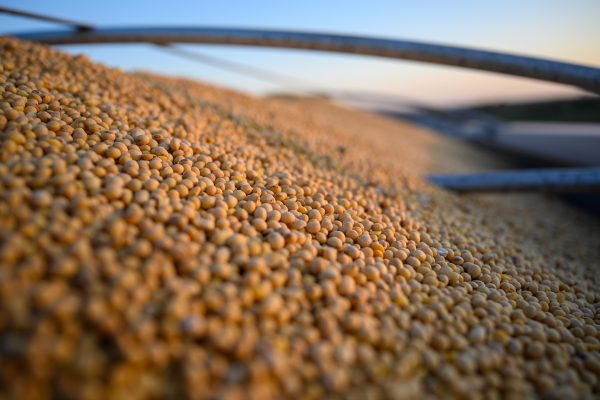
LARGER BRAZILIAN, SMALLER ARGENTINIAN SOYBEAN CROP CREATE QUESTIONS ABOUT US MARKETS
A commodity broker says uncertainty about South American soybean production could add more volatility to the markets.
Jeff Peterson with Heartland Farm Partners tells Brownfield analysts will raise Brazil’s production estimates by 1 to 3 million tons. “About 15 percent of Brazil has areas of moisture has been lower that has been hurting yield. There’s about 40 percent that I would say is about trendline. There’s about 45 percent of Brazil as you move further north that is above the trendline.”
He says even with lower production in Argentina due to drought, the South American crop will create more competition for US producers. “Wetter conditions, which helped the crop, is also keeping them from being able to get as much harvested. February offers coming out of Brazil, there aren’t a lot of those, and that is opening up the door for a few more exports. Going forward, when they produce a big crop, once that hits the marketplace that is going to be priced much cheaper than us.”
Read more here…
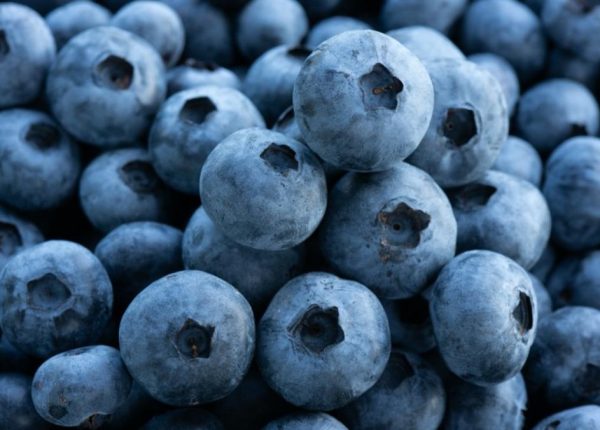
Chilean Blueberry Committee Visits Key Chinese Wholesale Markets
The leadup to Chinese New Year is always one of the peak periods for fruit sales in China. With this year’s Spring Festival holiday beginning on Jan. 21, demand for various types of premium fruit has been surging since early January, and Chilean blueberries, which are now in season, are enjoying good performance on the Chinese market.
To extend their support for wholesalers and distributors throughout China, representatives from the Chilean Blueberry Committee of the Chilean Fruit Exporters Association (ASOEX) have visited Guangzhou’s Jiangnonghui Fruit Wholesale Market, Shanghai’s Huizhan Fruit Market and the Xinfadi Fruit Wholesale Market in Hebei province near Beijing since the beginning of January. The representatives held face-to-face meetings with fruit dealers to obtain first-hand information regarding market demand and trends, as well as providing tasting samples and promotional posters to retailers.
In recent years, the Chilean blueberry industry has been focusing on cultivar development, encouraging growers to plant new varieties to adapt to the rapidly evolving market demand. With these novel blueberry varieties, Charif Christian Carvajal, ASOEX’s marketing director for Europe and Asia, held a seminar on Jan. 3 at Guangzhou’s Jiangnonghui Fruit Wholesale Market. The event was also broadcast online by Produce Report to over 1,000 listeners.
Read more here…
Food Updates
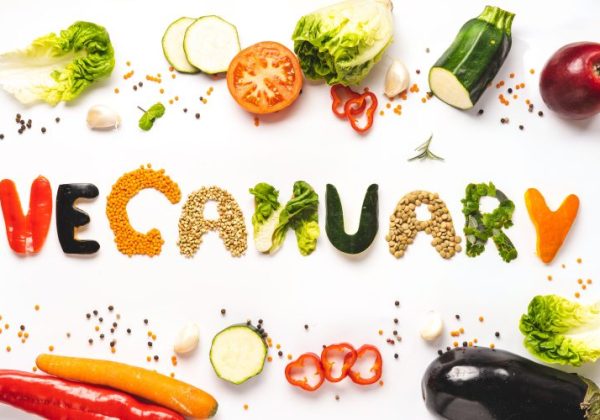
Veganuary: A trend here to stay?
Veganuary was a challenge started by a UK non-profit organisation in 2014 that asked people to remove all animal products from their diet in the month of January.
Since its start date, its popularity reportedly grew slowly, with 170,000 people taking part in the challenge in 2018 and 250,000 in 2019.
However, stating that there was a turning point for the popularity challenge, The Goodness Project claims that Veganuary saw a “boom” in 2020, a year when Google searches for the term increased after the Golden Globes announced that it would be offering its first ever all vegan menu on (in association with the Veganuary challenge).
A trend or a lifestyle?
According to Google Trends, there has been a global increase in the number of searches containing the word “veganism” between 2004 and 2022. In fact, the word was most searched in Australia, Israel, the UK, New Zealand and Austria.
Read more here
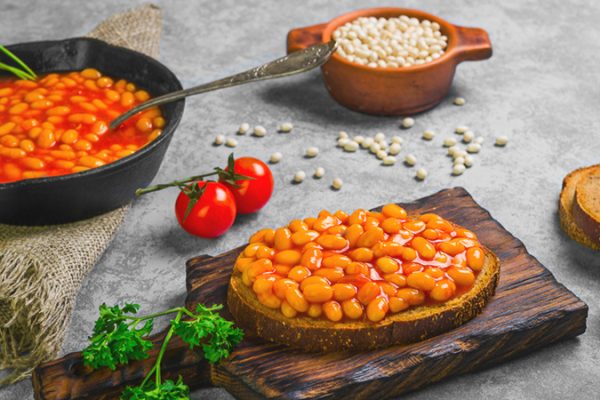
Beans in toast could revolutionise British diets
Scientists are aiming to transform British diets by adding more UK-grown faba beans into the nation’s daily bread.
Researchers and chefs at the University of Reading are aiming to encourage British consumers and food producers to switch to bread containing faba beans (commonly known as broad beans), making it healthier and less damaging to the environment.
Five teams of researchers within the University of Reading, along with members of the public, farmers, industry, and policy makers, are now working together to bring about one of the biggest changes to UK food in generations.
The aim is to increase pulses in the UK diet, particularly faba beans, due to their favourable growing conditions in the UK and the sustainable nutritional enhancement they provide.
Read more here…
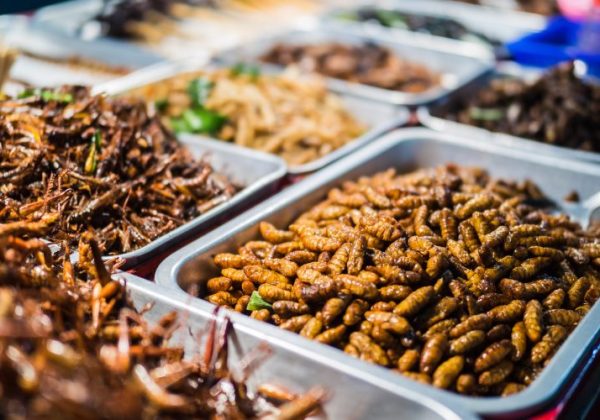
Do insects have the consumer seal of approval?
A study has revealed that most people view insects as an alternative and sustainable source of food for the future.
According to a study, 58 percent of people believe that insects could become an “alternative and sustainable source of protein in the future”, thus suggesting that they could feature consumer diets in the future.
Carried out by the Universitat Oberta De Catalunya’s (UOC) Food Lab, the study aimed to identify the parameters that contribute to improving the acceptance of insect consumption so that they can be introduced as a source of sustainable protein in future diets.
Insect consumption throughout history
According to National Geographic, ten thousand years ago hunters and gatherers ate bugs to survive. Fast forward in time to present day, insects remain a traditional food in many cultures across Africa, Asia, and Latin America.
Read more here…
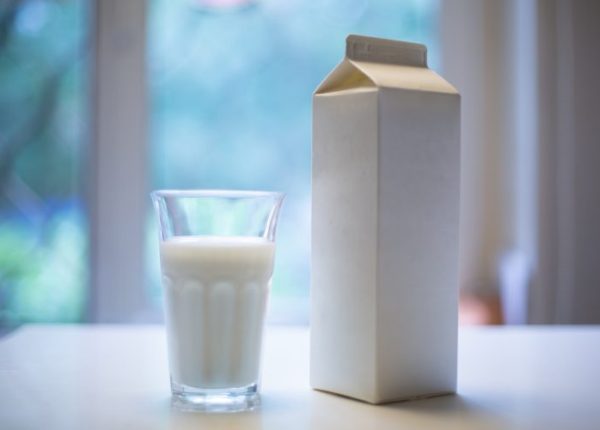
Are milk cartons detracting from freshness?
Paperboard milk cartons, ubiquitous in almost every American school, do not preserve milk freshness as well as other packaging options, research has found.
Milk packaging has not changed a great deal over the past few decades. After moving from glass bottles to plastic, some milk is also packaged in paperboard cartons. As the saying goes, if it isn’t broke, don’t fix it, right?
Not according to a new study in the Journal of Dairy Science, published by Elsevier, which claims that packaging affects taste—and paperboard cartons do not preserve milk freshness as well as glass and plastic containers.
Lead investigator MaryAnne Drake, PhD, of the North Carolina State University Department of Food, Bioprocessing and Nutrition Sciences, explained that “milk is more susceptible to packaging-related off-flavours than many other beverages because of its mild, delicate taste.” Besides light oxidation, “milk’s taste can be impacted by the exchange of the packaging’s compounds into the milk and by the packaging absorbing food flavours and aromas from the surrounding refrigeration environment.”
Read more here…
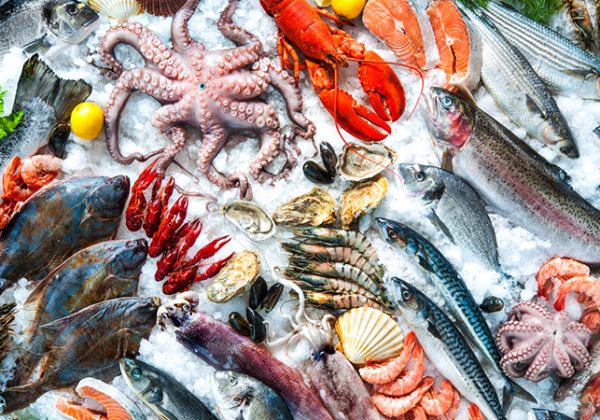
Could seafood lower the risk of kidney disease?
Researchers found that omega 3 fatty acids in seafood is linked to lower risk of chronic kidney disease.
Higher levels of omega 3 fatty acids found in seafood are associated with a moderately lower risk of chronic kidney disease and a slower decline in kidney function, finds a study published by The BMJ.
These correlations, however, were not found with higher levels of plant-derived omega 3 fatty acids.
Although the size of the correlations was modest, the findings support current clinical guidelines that recommend adequate consumption of seafood and oily fish as part of healthy dietary patterns, say the researchers.
According to a study published in The Lancet, Chronic kidney disease (CKD) affects about 700 million people worldwide and can lead to kidney failure and death, so there is a need to identify factors that might prevent its onset and progression.
Read more here…



